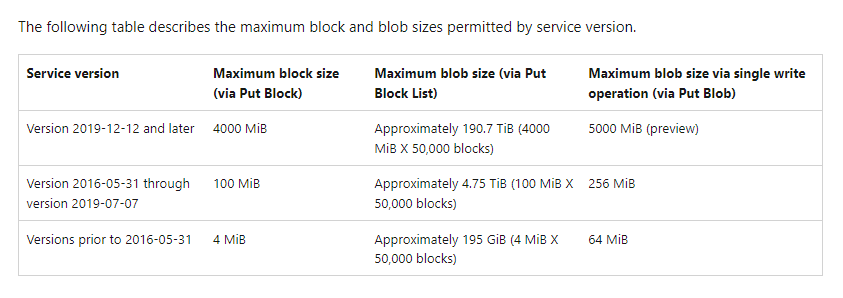Hi Sihan Zeng - Thanks for reaching out.
Azure Storage provides two latency metrics for block blobs. These metrics can be viewed in the Azure portal:
End-to-end (E2E) latency measures the interval from when Azure Storage receives the first packet of the request until Azure Storage receives a client acknowledgment on the last packet of the response.
Server latency measures the interval from when Azure Storage receives the last packet of the request until the first packet of the response is returned from Azure Storage.
https://learn.microsoft.com/en-us/azure/storage/blobs/storage-blobs-latency
I would recommend enabling the diagnostic logging on the account to verify the latency values for E2E and server one.
[https://learn.microsoft.com/en-us/azure/storage/blobs/monitor-blob-storage?tabs=azure-portal
](https://learn.microsoft.com/en-us/azure/storage/blobs/monitor-blob-storage?tabs=azure-portal
)If the server-side latency is high as well, then the investigation might be required from the server side however if the E2E is high while the server side one remains low, the investigation will be required outside of storage on the client side.
There might be some additional time for Auth via AD but not this much significant and should get reflected on the server latency side
Hope that helps!
Please do not forget to "Accept the answer” and “up-vote” wherever the information provided helps you, this can be beneficial to other community members.
